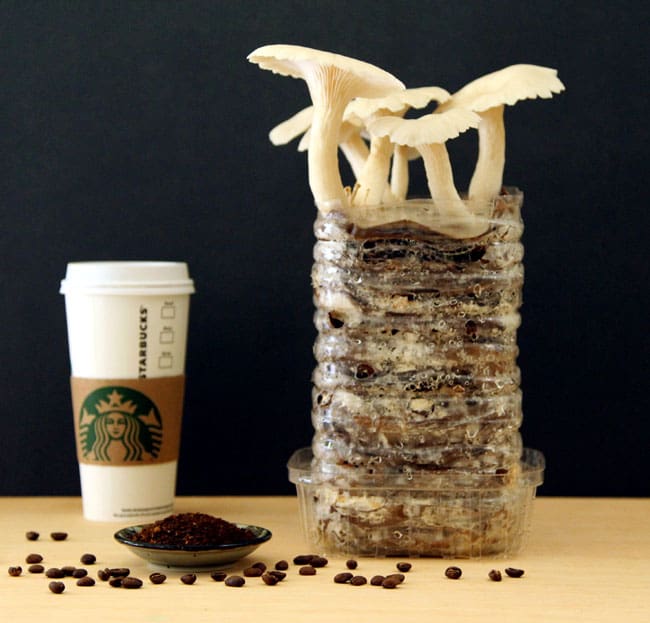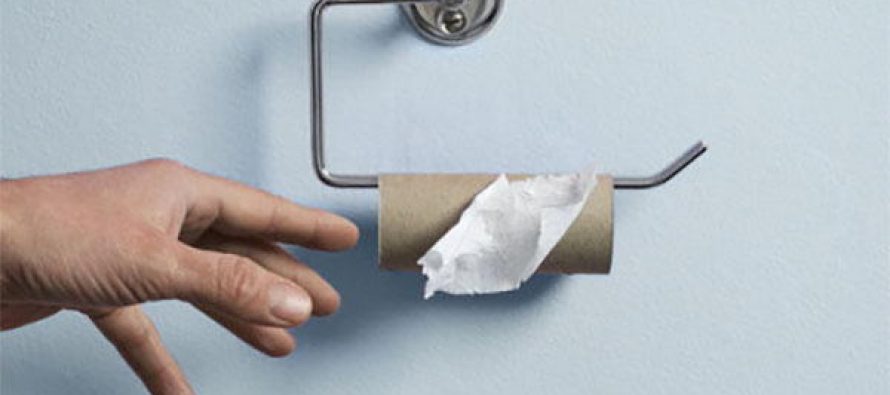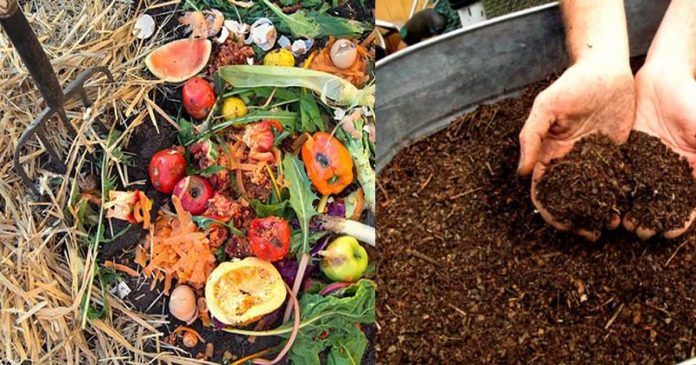There are excellent reasons why you should make compost at home rather than throw the rubbish away. Finding landfill space is becoming a global challenge, and throwing away waste that could transform into compost is like throwing away the capital.
Compost is a key ingredient in a safe garden. The rotting material releases nutrients in a form that plants can absorb during the composting process. Compost is the ideal alternative to chemical fertilizers, if you are looking for a natural, sustainable way to make your garden grow. Compost not only restores nutrients such as nitrogen, phosphorous , and potassium to the land, but it also has a number of trace elements and increases soil structure and water preservation in your planting beds.
Why would someone want to throw away good compostable material for their garden just to buy costly chemical fertilizers? One reason people do this is because they don’t know how many things they waste in their household could actually be composted.
Here are 39 things that you can add to your compost, rather than throw them away.
Garden Refuse is the Bulk of Your Compost
The first four items on our list are common-sense and will represent the bulk of your compost. If you want your compost heap or bin to function efficiently, though, processing your garden refuse in the right way is crucial.
1. Grass clippings are great to add bulk to your compost pile, but make sure to layer them with rough materials such as leaves and twigs so that the pile can breathe.
2. The cuttings from plants which you prune can go into the compost. Hard wood takes a long time to compost; try to cut branches into smaller pieces or use a wood chipper to chop them up.
3. Weeds are the bane of every gardener’s life. You should bring the weeds into the compost that you dig out of your planting beds, but only if they have not gone to seed. If you place mature weeds on your compost heap, the seeds will sprout anywhere the compost is spread.
4. Animal manure. You should add manure to your compost from ducks, cattle and all the vegetarian animals. Since raw manure will burn the plant roots, it’s a good idea to let it decompose in the compost before spreading it around plants.
Related: SHTF Survival Options – Indoor Gardening
Kitchen Refuse That You Can Compost
Most of what we eat is plant-based, so adding a kitchen refuse to your compost heap is smart. However, vegetables that have surpassed their shelf life and the inedible parts of plants like fruit stones and stems are not the only things you can place in the compost; you might be shocked by some of the items on that list.
5. Do not pour the vegetable water down the drain when you’re cooking; instead, add it to your compost. A compost heap needs moisture to work efficiently and there is plenty of minerals left over from your cooking pots.
6. Egg shells add calcium to your compost. Plants need calcium to strengthen their cell walls.
 7. Coffee and tea. Coffee grounds, paper coffee filters, tea leaves, and tea bags add nitrogen to the soil and offer the benefit of improving the soil texture and helping to keep moisture in the ground.
7. Coffee and tea. Coffee grounds, paper coffee filters, tea leaves, and tea bags add nitrogen to the soil and offer the benefit of improving the soil texture and helping to keep moisture in the ground.
8. Spoiled milk and milk products. You can add sour milk, ice cream, yogurt, moldy cheese, and any other milk-based food to the compost. Not only will it add calcium to the soil, but spoiled milk also acts as a compost accelerator and a natural pesticide. Milk is especially useful against aphids and powdery mildew.
9. Nutshells compost slowly and add texture to the soil. Avoid walnut shells in the compost though; juglone, a chemical abundant in walnut shells, inhibits plant growth.
10. Old herbs and spices. When you tidy up the pantry, throw away expired herbs and spices in the compost.
11. Sugar. You can throw old candy, jams, and other sugary food in the compost. The sugar will naturally break down and become an energy source for your plants.
12. You can add fat and grease to your compost in moderation, but don’t pour it all in one spot. If you add too much oil to the compost at once, it will start rotting.
13. You can add animal bones to your compost but try to bury them in the compost pile to avoid attracting vermin. Bones are a rich source of phosphorous, one of the three main nutrients for plant life.
14. Spoiled starches such as pasta, rice, and other grains are safe to add to the compost that will decompose quickly.
15. Animal blood is an excellent source of nitrogen for your plants and when poured on decaying plant material, it acts as a compost accelerator.
16. Disposable wood such as chopsticks, toothpicks, wooden kebab sticks, and coffee stirrers will decompose in the compost.
17. Kitchen paper such as paper towels, paper bags, unwaxed paper plates, paper serviettes, unwaxed takeout boxes, and cupcake liners are made of shredded plant fibers, and when moistened, they compost in a short time.
Related: 8 Medicinal Plants You Can Grow Indoors
Bathroom Items That Will Decompose in the Compost
Another abundant source of compostable material within your home is the bathroom. While some people are squeamish about putting personal items in the compost, remember the adage that if it lived, it could live as a compost once more. Organic matter makes nourishing compost, and the items in this list are safe to use as fertilizer once that matter has decomposed.
18. You can put hair pulled from your hairbrush or the sweepings after you had a haircut into the compost.
19. Nail clippings make good compost.
20. Q-tips, cotton wipes, and cotton balls are organic and can go in the compost. If you use Q-tips, try to buy the type with on a paper stick. Otherwise, snip off and discard the plastic stick before you put the ends in the compost.
21. Tissues, new or used, can go into the compost bin.
 22. If you are still using a plastic toothbrush, consider replacing it with a bamboo one. For at least three generations, disposable toothbrushes will remain in landfills, so next summer you can place your used bamboo toothbrush in the compost and use the decomposed fertilizer in your garden!
22. If you are still using a plastic toothbrush, consider replacing it with a bamboo one. For at least three generations, disposable toothbrushes will remain in landfills, so next summer you can place your used bamboo toothbrush in the compost and use the decomposed fertilizer in your garden!
23. Every household produces urine abundantly. While you might be balking at the thought of putting it on your vegetables, unless you suffer from a disease such as hepatitis, urine is sterile and healthy to add to your compost. Gardeners who use it for fertilizers call urine ‘liquid gold’ and they are backed up by science. Urine is an excellent nitrogen source, and plants fertilized with compost rich in urine are healthier than plants fed with chemical fertilizers.
24. Ivory and castile soap. You can add leftover slivers to the compost.
Compostable Materials Around the House
Now that we’ve dealt with compostable materials in the kitchen and bathroom, it’s time to have a look around the rest of the house.
25. Add dryer lint from the laundry room to your compost. It doesn’t matter if all the fibers aren’t organic; synthetic fibers such as rayon might take longer to break down, but they will improve the soil texture until they do.
26. Sweep up dead insects from the floor and window ledges and add them to the compost.
27. Pet droppings and bedding. If you have a hamster, parrot, guinea pig, or another small animal, put their droppings and used bedding material in the compost.
28. Household dust. You can empty your dustpan and the vacuum cleaner bag directly into the compost.
29. Aquarium water from your fish tank is an excellent source of nitrates. You can also add water plants and algae from your fish tank to the compost.
30. If you have a home carpentry workshop, collect the sawdust and add it to the compost.
31. Leather is organic, and you can compost it. Instead of throwing it away, put your old shoes, leather belt, and handbag in the compost.
32. Clothes made of organic materials such as wool, silk, and cotton will break down in the compost. To speed up the process, tear cloth into strips.
33. Spent matches are a good source of carbon for your compost, and they will decompose quickly.
34. Natural wine corks are a form of wood and you can add them to the compost.
35. Festive decorations. Your Christmas tree, Halloween pumpkin, flower arrangements, pine cones, and all other natural festive decorations can go in the compost when the holiday is over.
36. Leftover alcohol. Emptying the dregs from beer bottles and wine glasses? Pour it in the compost.
37. Empty your pencil sharpener in the compost. Contrary to popular belief, pencils don’t contain lead. Pencil shavings consist of wood and graphite; both are a source of carbon for your compost.
38. Ashes from the fireplace. Ash is a first-rate source of carbon for your garden but adding too much ash to your compost can lower the pH and make your soil acidic. If you’re concerned about the pH, add bone meal to the compost.
39. Junk mail, cardboard boxes, old bills, wrapping paper, party ornaments, old books, magazines, and newspapers. Paper makes up a huge amount of the material we throw away every day. Shred the paper and add it to the compost instead of consigning it to the trash can.
Making compost is a great way to bring what we take out back into nature. By throwing away fewer items, we lower the need for landfills and leave the earth with a smaller footprint.











